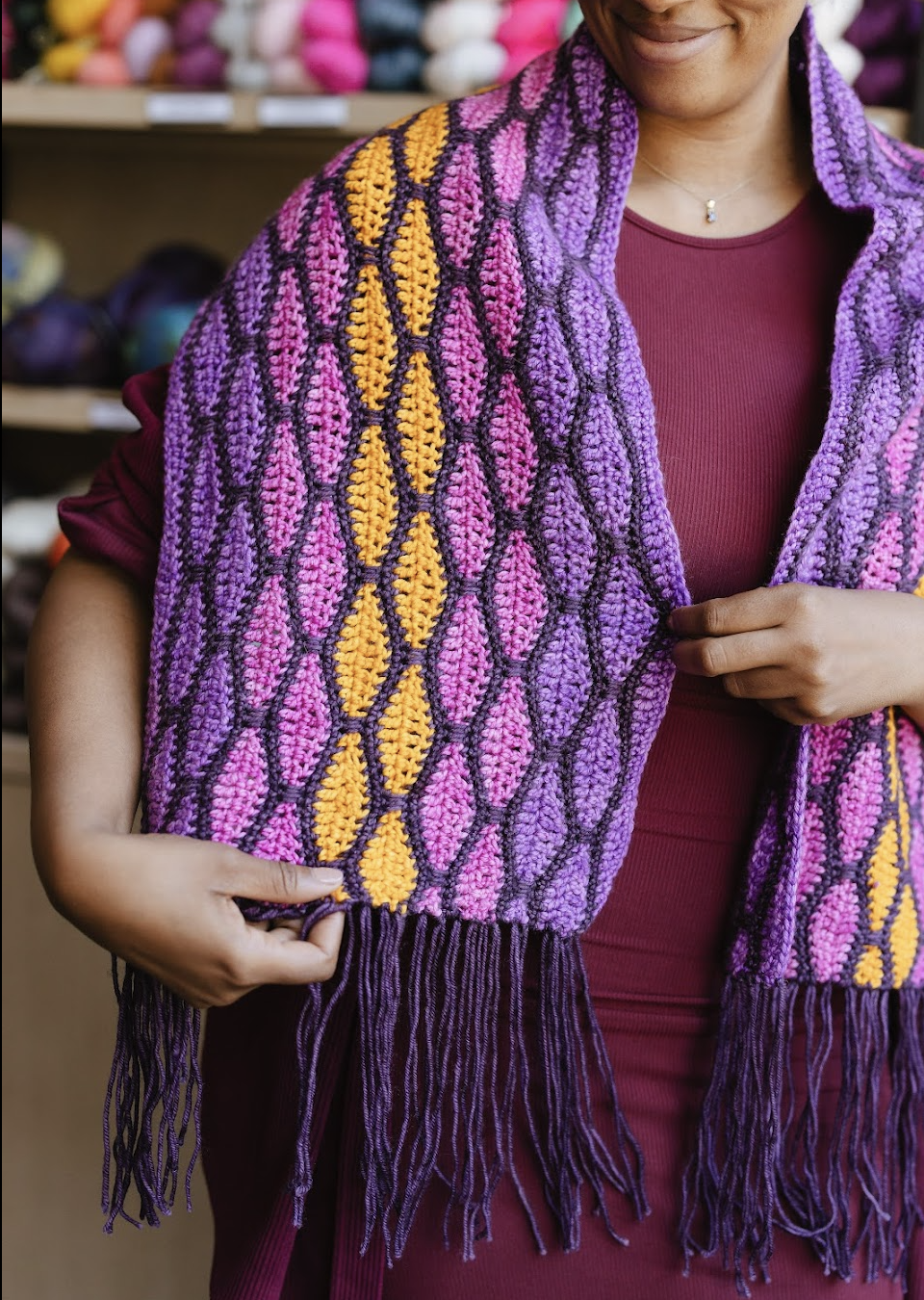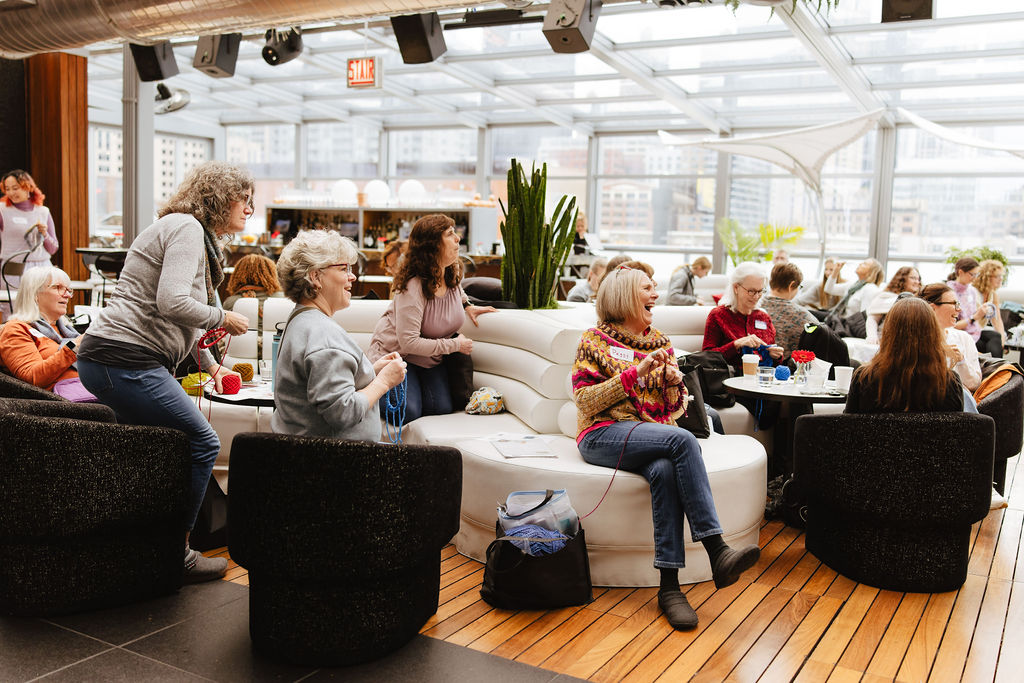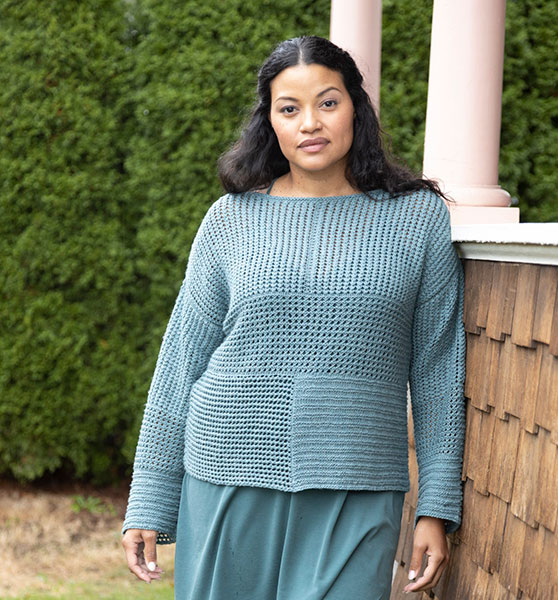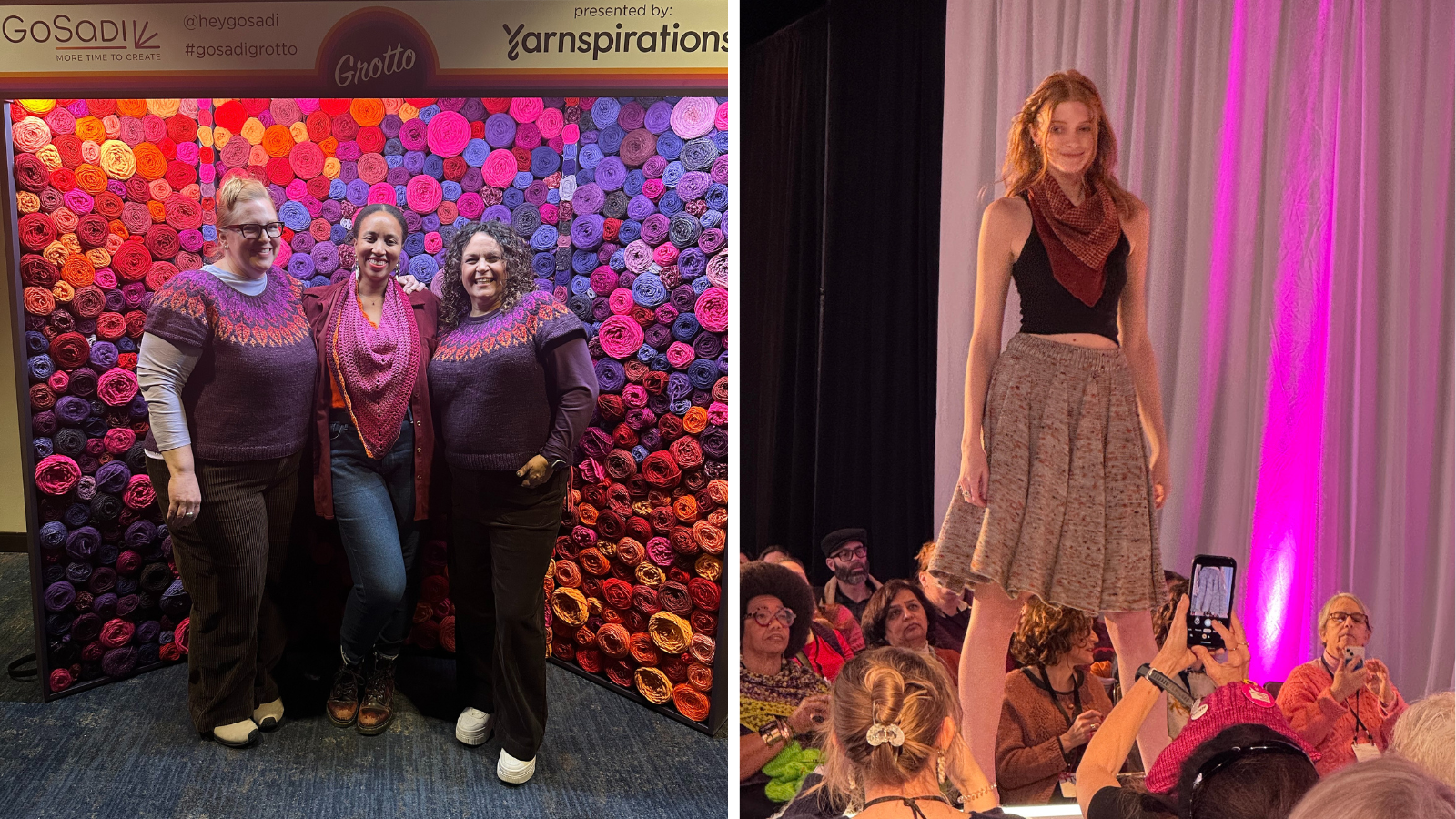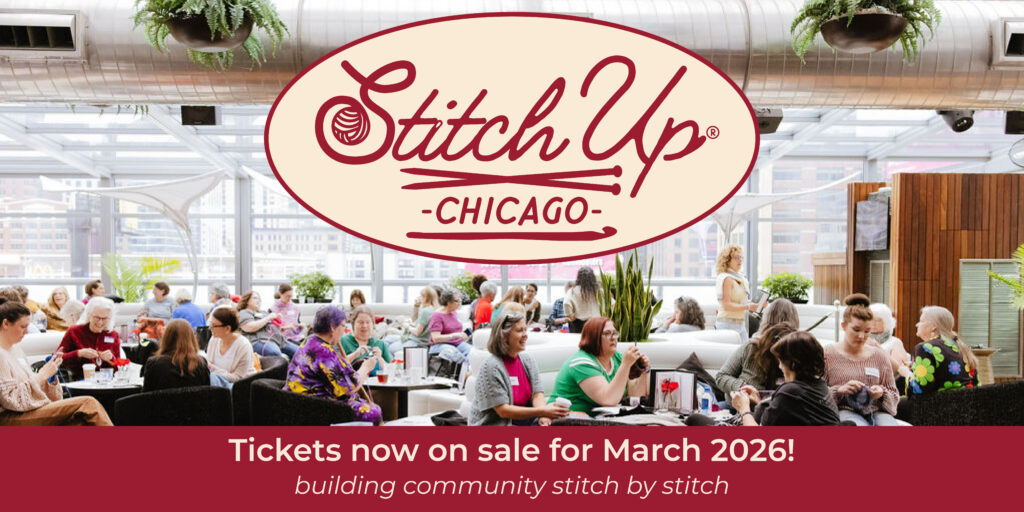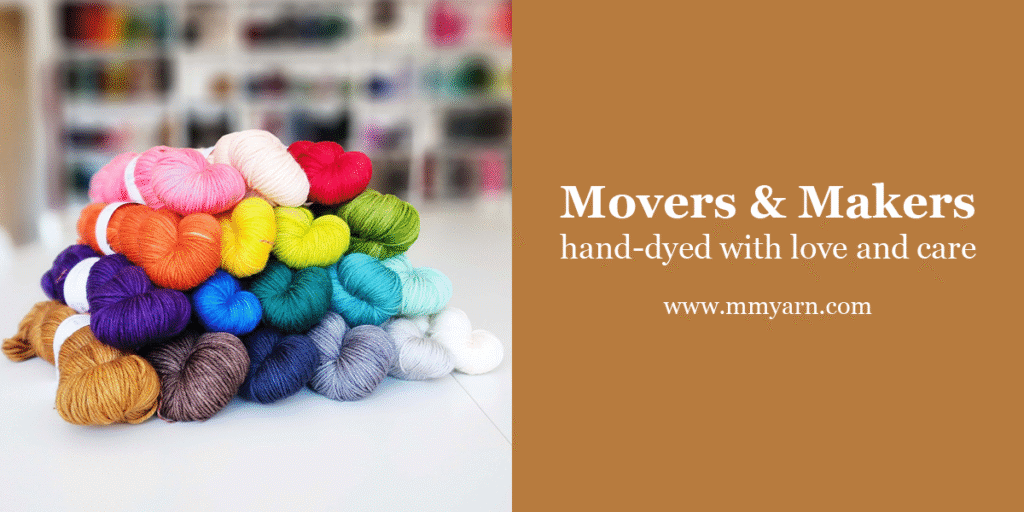Writing a pattern is a feat in itself but once you have written your pattern, it is time to shift focus onto presenting your design and that is where layout comes in.
The most important thing to consider when designing your layout is that the way the content is presented is almost as important as the content itself. You always want to present your design work in a way that is easy for your customers to navigate. Clear and consistent layouts lead to good experiences for people making your designs, and that leads to loyalty and return customers. You also want to use your layout as an opportunity for your personality and brand voice to come through. So yes, layout matters!
The best way to go about finding a layout that will work for you is to first think about the individual elements (see blog on Pattern Writing & Layout Tips for Beginners) of your pattern and the information you are conveying. Then, think about the best ways to tie these individual elements together cohesively. How will your pattern be read? What do you want your customers to read first, and how can you guide them to read the pattern in the way you want them to? Next, think about you and your brand voice. How can you represent yourself and your brand voice through your layout and design?
We’re going to talk about how you can use placement & proximity, alignment, contrast & scale, and repetition to find the optimal layout to meet all the criteria and allow you to build a consistent brand and loyal customer base.
(this post contains affiliate links)
1. placement & proximity
This refers to the spatial relationship between each element in your pattern. What is the most logical placement and how do you decide what is near each other?
Always place related elements together. For example, pattern details such as needle sizes, yarn, and notions should be found in the same section. Near those details should be all of the other details a crafter needs to know before beginning the pattern. Logical placement and proximity are important so your customers know where to look for certain information.
2. alignment
Align your elements so they have a deliberate connection to each other and nothing looks like it is “floating in space.” Generally, left-aligned text is easiest to read and should be used anywhere you split your page into columns.
Additional elements such as photos and charts should be aligned based on how you’ve aligned your text. Play with left, center, and right alignment while you are designing your layout, then take a step back to see if it is pleasing or distracting to the eye. Does it feel like your eye has to jump around to see everything? If so, try something else.
Bonus tip: keep trying things here to see what catches your eye and what aligns with your brand look.
3. contrast & scale
While you can use alignment to help relate items to one another, you also want to use contrast & scale to make differences in your elements clear. Think about how your elements differ from each other. Do you want your reader’s eye to be drawn to something before something else on the page?
Contrast and scale can help you highlight the importance of certain elements or show your customers a clear difference between varying items. If you are finding that multiple items are somehow getting confused, use contrast and/or scale to differentiate them more clearly. You can also use these to create more balance in your layout.
4. repetition
Repetition is a necessary part of our patterns because our directions often have repeated sections. This is your opportunity to maintain your brand consistency throughout so your patterns are recognizable. Your layout will be more pleasing to the eye and less confusing to readers if elements that repeat appear the same each time.
See our blog on Creating a Style Guide for Brand Consistency.
While each of these facets of layout design are all important, the most important thing to remember is to keep it simple. Resist the urge to fill up the entire page. Negative space can actually be a really helpful tool in guiding the eye where you want it to go. You’ll find that in most cases, you can actually convey more information with less.
So, now that you have direction and clear vision on defining your layout, let’s talk about creating the pattern layout. Designing a visual pattern layout is very different than designing a knit or crochet item, so we aren’t all experts in design software! The great news is that there are lots of tools available to help you with that.
Canva is a great place to start. They’ve got multiple options for plans, including Canva Free. It’s one of the most famous design apps with easy-to-use features, even if you don’t know much about design. You can also access a wide variety of templates and get inspiration from their ready-made designs.
If you are feeling more adventurous, you could try Adobe InDesign, which is more of a professional-level design software. It requires more work on the front end to learn, but it doesn’t take much to learn how to create a document. Once you can do this, you’ll have so many more options for easy layout creation without any limitations.
You can even start with Google Docs or Microsoft Word to get going. These are basic text-focus programs that allow you to also add photos and start getting your feet wet with layouts. A great thing about both of these programs is they learn as you go and you can easily create your own template once you land on your style and layout.
With that, you are ready to begin finding the layout that works best for you! Remember that the beauty of creating a layout using design software is that nothing is ever set in stone, and you can always make changes. Keeping in mind all of the elements that affect layout as discussed above, you can try as many different versions as you like. Save a few and come back to look at them later. You’ll definitely work your way to finding your own perfect layout!


